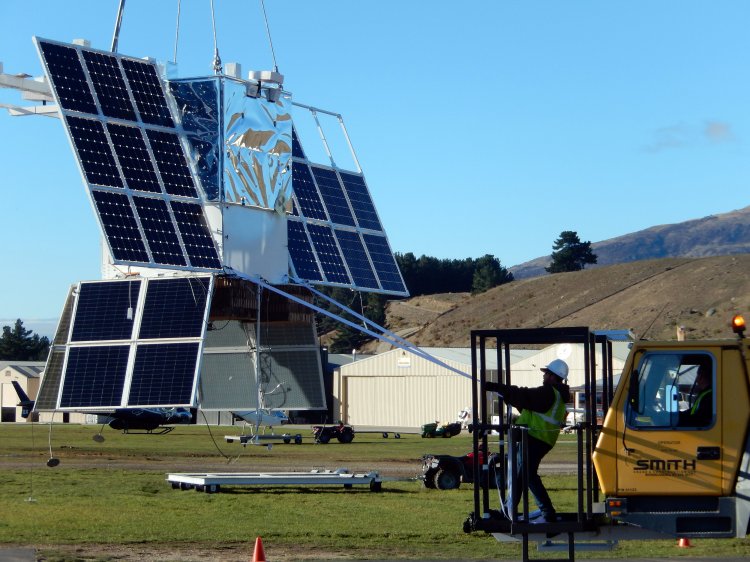WELLINGTON (Reuters) — NASA successfully launched a super pressure balloon from New Zealand’s South Island Wanaka Airport Tuesday to conduct near-space scientific investigations.
The launch marks the fifth attempt to get the massive balloon airborne, with previous bids thwarted by bad weather, NASA said in a release.
Long-duration balloon flights at constant altitudes play an important role in providing inexpensive access to the near-space environment for science and technology.
The 532,000 cubic meters (18.8 million cubic feet) balloon is expected to circumnavigate the globe about the southern hemisphere’s mid-latitudes once every one to three weeks, depending on wind speeds in the stratosphere, NASA said. The aim is for it remain airborne for more than 100 days.
According to NASA the balloon’s operational float altitude is 33.5 kms (20.8 miles) and it will be visible from the ground, particularly at sunrise and sunset, in the southern hemisphere’s mid-latitudes, such as Argentina and South Africa.
NASA’s balloon experts at its Columbia Scientific Balloon Facility and NASA’s Wallops Flight Facility, Virginia, will control balloon flight operations throughout the mission.
The current record for a NASA super pressure balloon flight is 54 days. Tuesday’s launch was the second super pressure balloon mission from Wanaka. The first launch occurred March 27, 2015, flying 32 days, 5 hours, and 51 minutes.
(Reporting by Rebecca Howard; Editing by Michael Perry)


